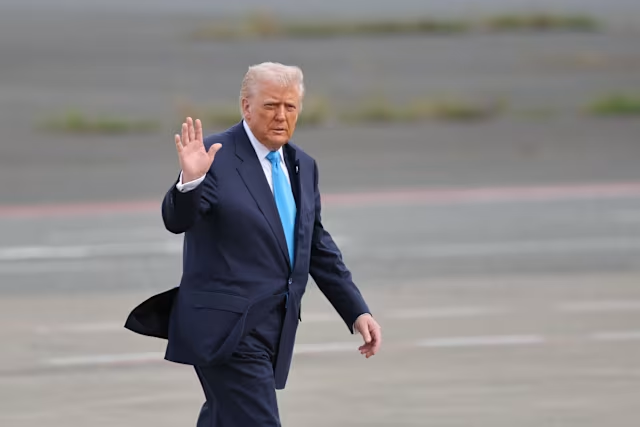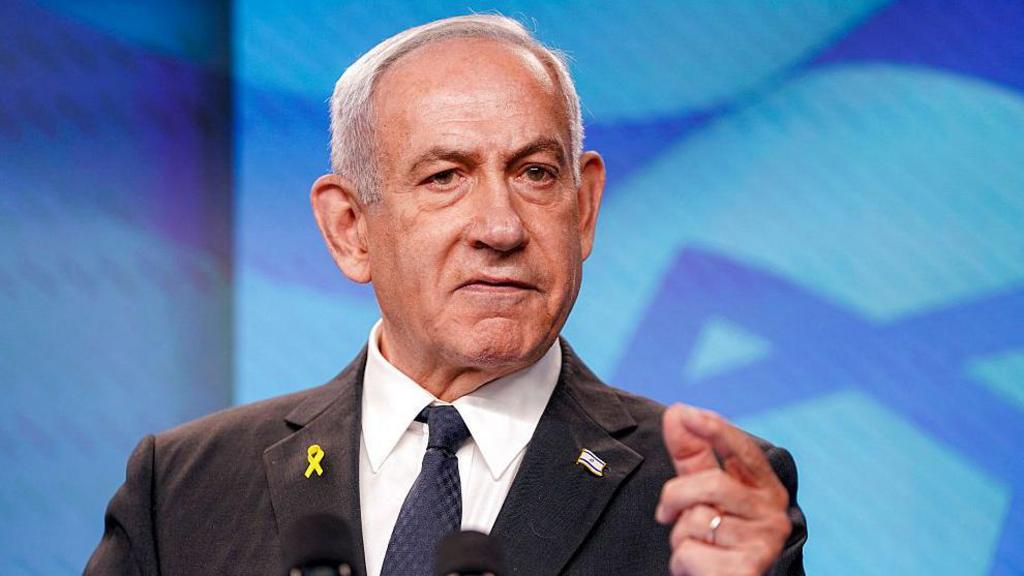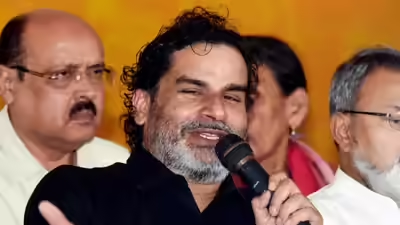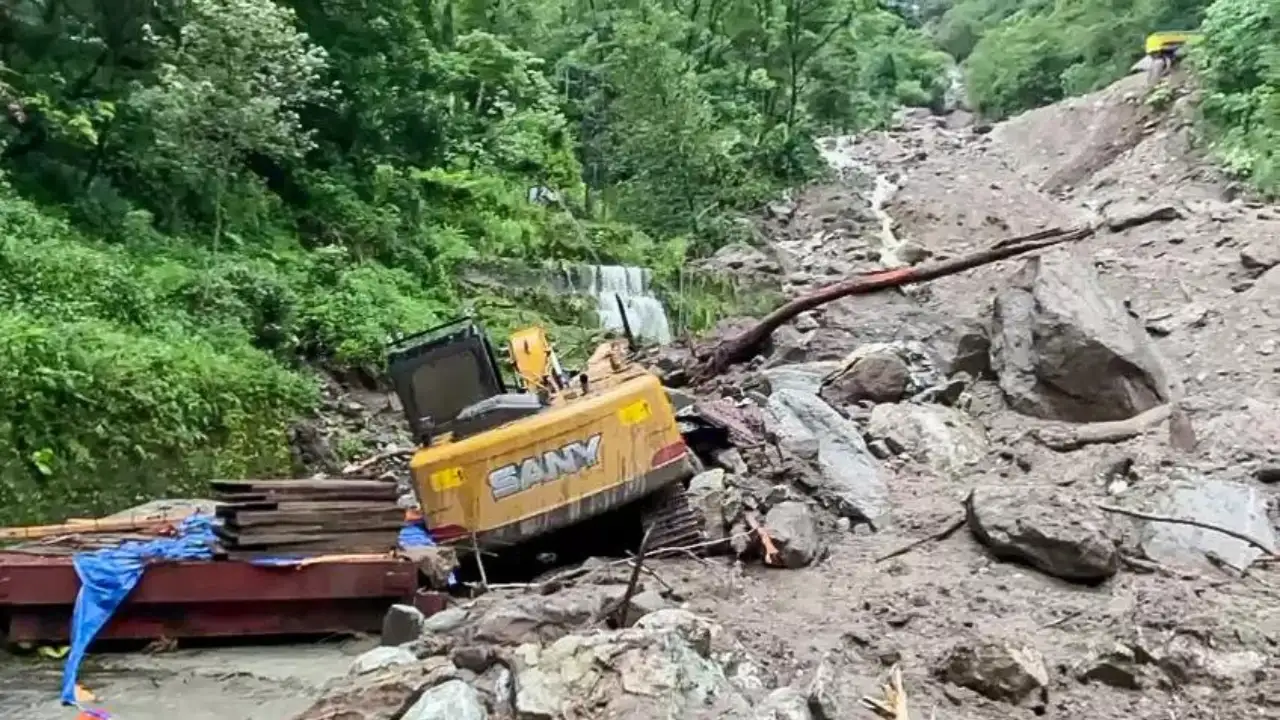Now Reading: CP Radhakrishnan Takes Oath as India’s 15th Vice President — What It Means Politically
-
01
CP Radhakrishnan Takes Oath as India’s 15th Vice President — What It Means Politically
CP Radhakrishnan Takes Oath as India’s 15th Vice President — What It Means Politically

CP Radhakrishnan was sworn in today as India’s 15th Vice President, marking a significant shift in the country’s constitutional leadership. A veteran politician and former Governor of Maharashtra, his election followed the sudden resignation of the previous vice president. As he assumes office, questions arise about his role, influence, and how his tenure might affect politics and public life across India — especially in Tier-2 cities where national decisions often feel distant.
Election and Oath Ceremony
Radhakrishnan won the vice-presidential election with 452 votes, defeating B. Sudershan Reddy who secured 300 votes. This clear margin underscores the strength of the NDA’s parliamentary numbers. The oath was administered by President Droupadi Murmu at Rashtrapati Bhavan. Outgoing Vice President Jagdeep Dhankhar was also present during the ceremony.
Political Background of CP Radhakrishnan
Born in Tamil Nadu, Radhakrishnan has been active in public life for decades. He has served as Governor of Maharashtra, as well as previous governorships. Earlier, he was a Member of Parliament and associated with BJP’s organisational work. His roots in political organisations and governance give him experience, though many view the position of Vice President as more ceremonial than executive.
Role and Powers of the Vice President
The Vice President of India is the second highest constitutional office. Aside from presiding over the Rajya Sabha (Upper House of Parliament), the VP steps in if the President is unable to perform duties. However, the role does not include direct executive powers. Influence depends largely on the individual’s relationship with other branches of government and their personal credibility.
Implications for Tier-2 Cities
For residents in cities like Nagpur, Udaipur, or Guwahati, such changes in national leadership often seem remote. But Vice Presidents can play symbolic and practical roles: giving voice to regional issues in Parliament, promoting dialogue between Centre and states, and upholding constitutional values. Radhakrishnan’s background might help bridge regional divisions, particularly among southern states, and bring attention to local concerns in national discourse.
Challenges and Expectations
Expectations are high that Radhakrishnan maintains impartiality, upholds decorum in Parliament, and acts as a mediator when constitutional or legislative crises arise. Critics will watch whether he simply aligns with government policy or uses the office to strengthen constitutional checks and balances. Transparency, integrity, and responsiveness will be seen as key qualities.
Conclusion
CP Radhakrishnan’s swearing-in as Vice President represents continuity for the ruling alliance, but also opportunity. While the role itself is limited in executive power, its influence depends on how the occupant chooses to use it. For India’s Tier-2 cities, the true impact will come if he listens to and acts upon regional voices, and if constitutional norms are respected. As Vice President, Radhakrishnan inherits much responsibility even if much of it is behind the scenes.

























